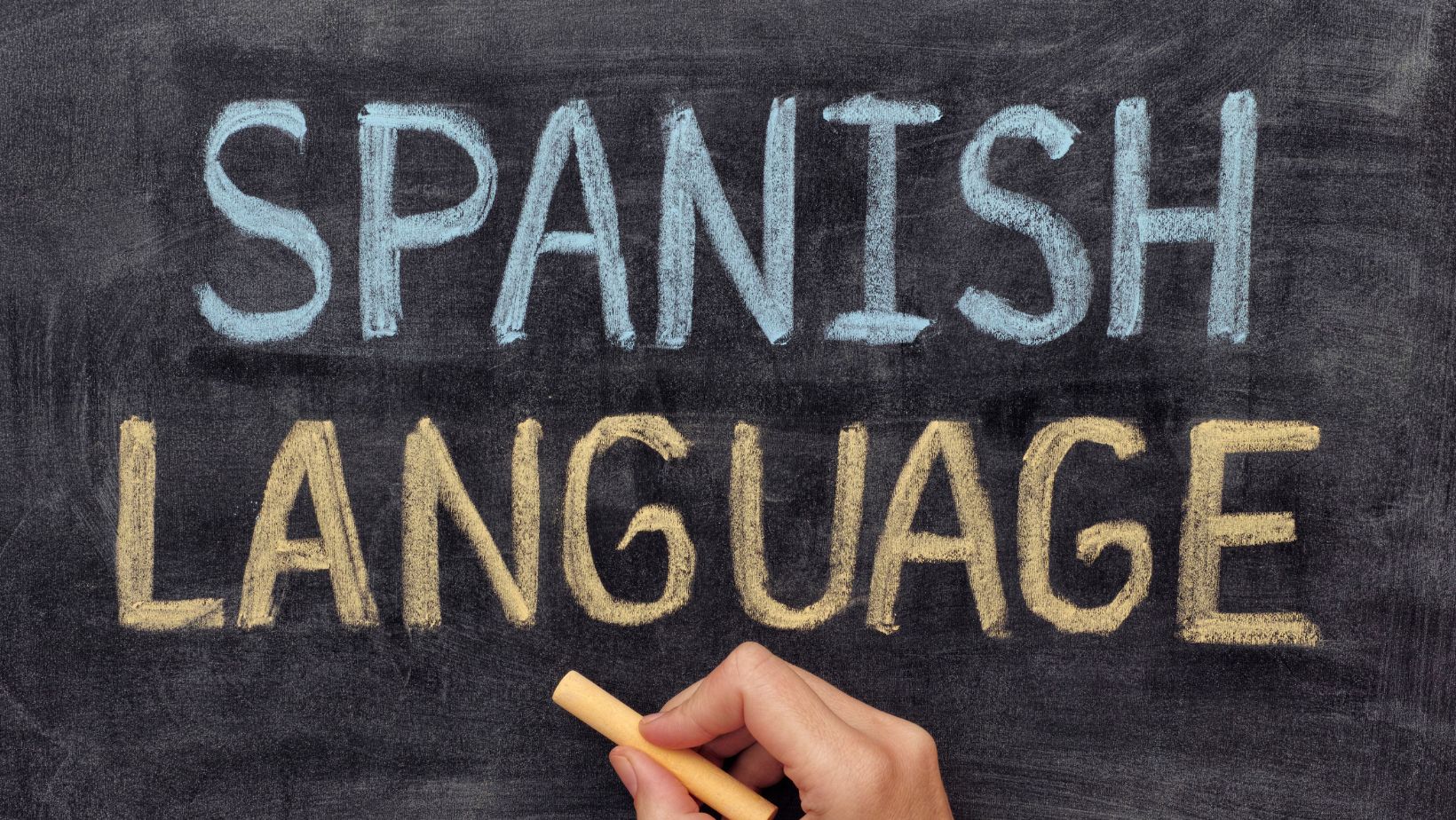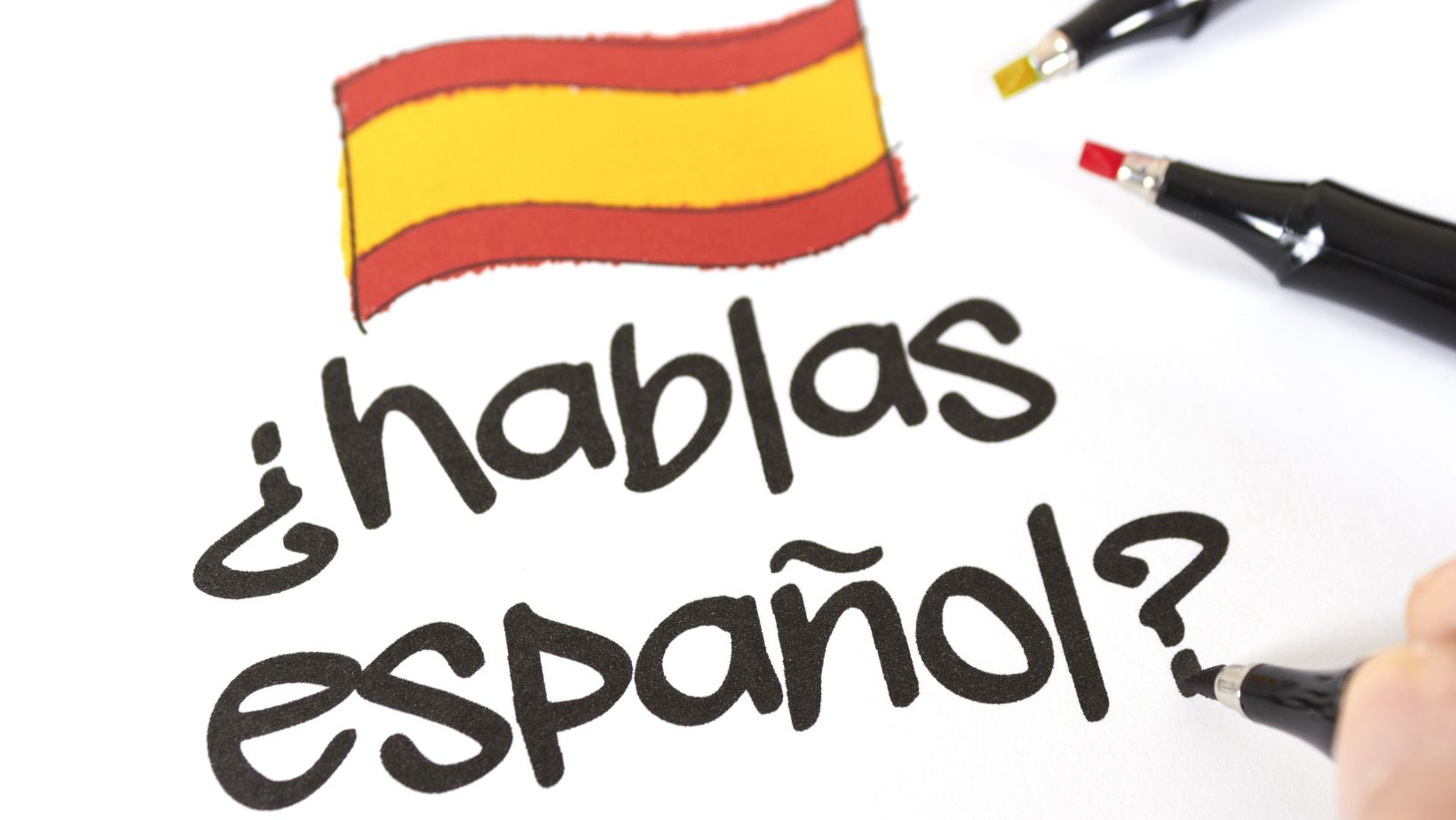
The Spanish language, one of the most widely spoken languages in the world, has had a profound influence on global culture and society. With over 500 million speakers across multiple continents, Spanish is not only a primary language for many but also a significant cultural force. This article explores the far-reaching impact of the Spanish language on various aspects of global culture and society, including literature, art, cuisine, music, and communication.
Historical Context of Spanish Influence
The spread of the Spanish language began with the expansion of the Spanish Empire from the late 15th century onwards. As Spanish explorers and conquistadors established colonies in the Americas, Asia, and Africa, the Spanish language and culture were disseminated across these regions. This historical expansion laid the foundation for the global presence of Spanish today.
Literature and Language
- Influence on Literature
Spanish literature has made significant contributions to global literary traditions. Iconic works like Miguel de Cervantes’ “Don Quixote” have not only shaped Spanish literature but have also had a lasting impact on global literary canon. “Don Quixote” is considered one of the greatest works of fiction ever written and has influenced countless writers and literary styles around the world.
Latin American literature, particularly during the 20th century, brought global attention to Spanish-language authors. The magical realism movement, led by writers like Gabriel García Márquez with his masterpiece “One Hundred Years of Solitude,” has had a profound impact on storytelling worldwide. The Nobel Prize in Literature has been awarded to several Spanish-speaking authors, highlighting their contributions to global culture.
- Language and Communication
Spanish is the official language of many international organizations, including the United Nations, the European Union, and the Organization of American States. Its widespread use facilitates diplomatic, cultural, and economic exchanges across continents. Spanish is also one of the most commonly taught foreign languages, furthering its global reach and influence.
Art and Cinema
- Visual Arts
The Spanish-speaking world has produced some of the most influential artists in history. From Francisco Goya to Pablo Picasso and Salvador Dalí, Spanish artists have revolutionized art movements and styles. Picasso’s Cubism and Dalí’s Surrealism have left indelible marks on the art world, influencing generations of artists across the globe.
- Cinema
Spanish and Latin American cinema have garnered international acclaim, with directors like Pedro Almodóvar, Guillermo del Toro, and Alfonso Cuarón making significant contributions to the film industry. These filmmakers have received numerous awards, including Oscars, and their works are celebrated for their originality, storytelling, and cultural depth.
Films like “Pan’s Labyrinth,” directed by Guillermo del Toro, and “Roma,” directed by Alfonso Cuarón, have not only won critical acclaim but have also brought Spanish-speaking cultures to global audiences. These films often address universal themes through the lens of Spanish and Latin American experiences, resonating with diverse audiences.
Cuisine
Spanish and Latin American cuisines are beloved worldwide, known for their rich flavors, diverse ingredients, and vibrant culinary traditions.

Spanish dishes like paella, tapas, and churros are enjoyed globally, while Latin American cuisines, including Mexican, Peruvian, and Argentine, have become staples in many countries.
- Spanish Cuisine
Spanish cuisine is characterized by its use of fresh ingredients, bold flavors, and regional diversity. Iconic dishes such as paella, made with rice, saffron, seafood, and vegetables, and tapas, small savory dishes, have gained international popularity. Spanish wines, particularly those from the Rioja and Ribera del Duero regions, are also celebrated globally.
- Latin American Cuisine
Latin American cuisine is equally influential, with Mexican food being one of the most popular cuisines in the world. Tacos, enchiladas, and guacamole are just a few examples of Mexican dishes that have become global favorites. Peruvian cuisine, with its unique fusion of indigenous, Spanish, African, and Asian influences, is also gaining international recognition, especially dishes like ceviche and lomo saltado.
Music and Dance
The music and dance traditions of Spanish-speaking countries have enriched global culture immensely. Genres like flamenco, salsa, reggaeton, and tango have transcended borders, becoming integral parts of the global music scene.
- Flamenco
Originating in Spain, flamenco is a passionate and expressive art form that combines singing, guitar playing, dance, and handclaps. Flamenco has gained worldwide recognition and has influenced various music and dance styles. Its intense emotional expression and intricate rhythms captivate audiences globally.
- Latin American Music
Latin American music genres, such as salsa, merengue, and reggaeton, have achieved international popularity. Artists like Shakira, Ricky Martin, and Daddy Yankee have brought Latin music to the forefront of the global music industry. Reggaeton, in particular, has become a dominant force in popular music, with its infectious beats and catchy lyrics appealing to a broad audience.
- Tango
Tango, originating in Argentina and Uruguay, is another Spanish-influenced dance and music genre that has captivated global audiences. The dramatic and sensual nature of tango, combined with its sophisticated music, has made it a beloved dance style around the world.
Education and Language Learning
Spanish is one of the most widely taught foreign languages worldwide. The growing interest in learning Spanish is driven by its practicality in global communication, travel, and business. Spanish language programs are offered in educational institutions across the globe, and there is a high demand for Spanish language courses and certifications.
- Spanish in Education
Many schools and universities offer Spanish as a second language, recognizing its importance in global communication. Learning Spanish opens up opportunities for students to engage with a vast and diverse cultural heritage and enhances their career prospects in a globalized economy.
- Language Services
With the increasing need for bilingual communication, the demand for translation and interpretation services in Spanish has grown significantly.

Professional services provide high-quality translations that facilitate cross-cultural communication and business operations. These services are essential for legal, medical, and business sectors that require precise and culturally sensitive translations.
Influence on Global Communication
The internet and social media have amplified the influence of the Spanish language. Spanish is one of the most used languages online, with a significant presence on social media platforms, websites, and digital content. This digital presence enhances the reach of Spanish-speaking cultures and fosters global interactions.
- Digital Media
Spanish-language content on digital media platforms, including YouTube, Instagram, and TikTok, attracts millions of viewers worldwide. Influencers, creators, and media companies produce content in Spanish that resonates with diverse audiences, furthering the global influence of the language.
- Global Connectivity
The widespread use of Spanish in digital communication fosters connections between Spanish speakers and non-Spanish speakers. Online communities, forums, and social media groups facilitate cultural exchange and mutual understanding, contributing to a more interconnected world.
Conclusion
The influence of Spanish on global culture and society is profound and multifaceted. From literature and art to cuisine, music, and education, Spanish has left an indelible mark on the world. Its widespread use and cultural significance continue to shape global interactions and enrich the cultural tapestry of many societies. As the demand for Spanish language skills and cultural knowledge grows, services like https://kingsoftranslation.com/languages/spanish-translation/ play a crucial role in bridging linguistic and cultural gaps, ensuring effective communication in an increasingly interconnected world. The enduring legacy of the Spanish language and its cultural contributions will undoubtedly continue to influence global culture and society for generations to come.















